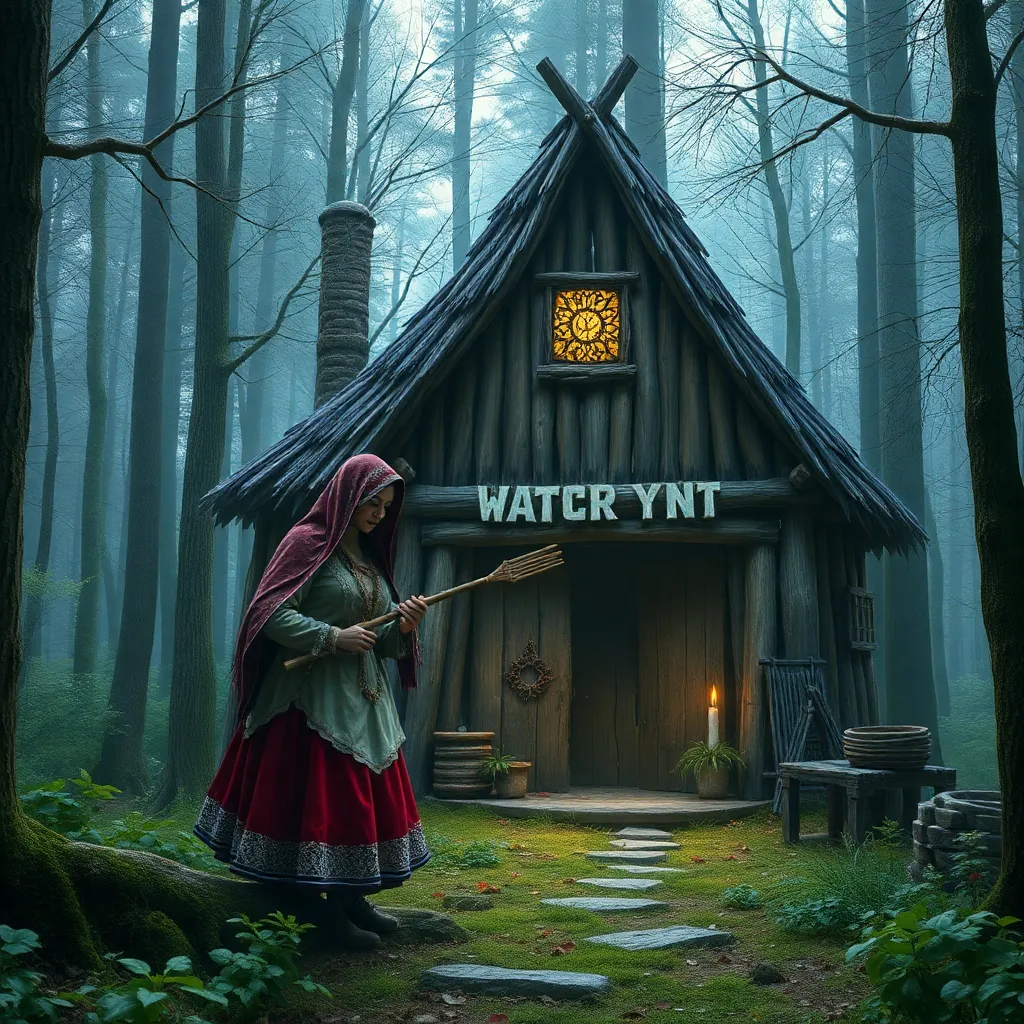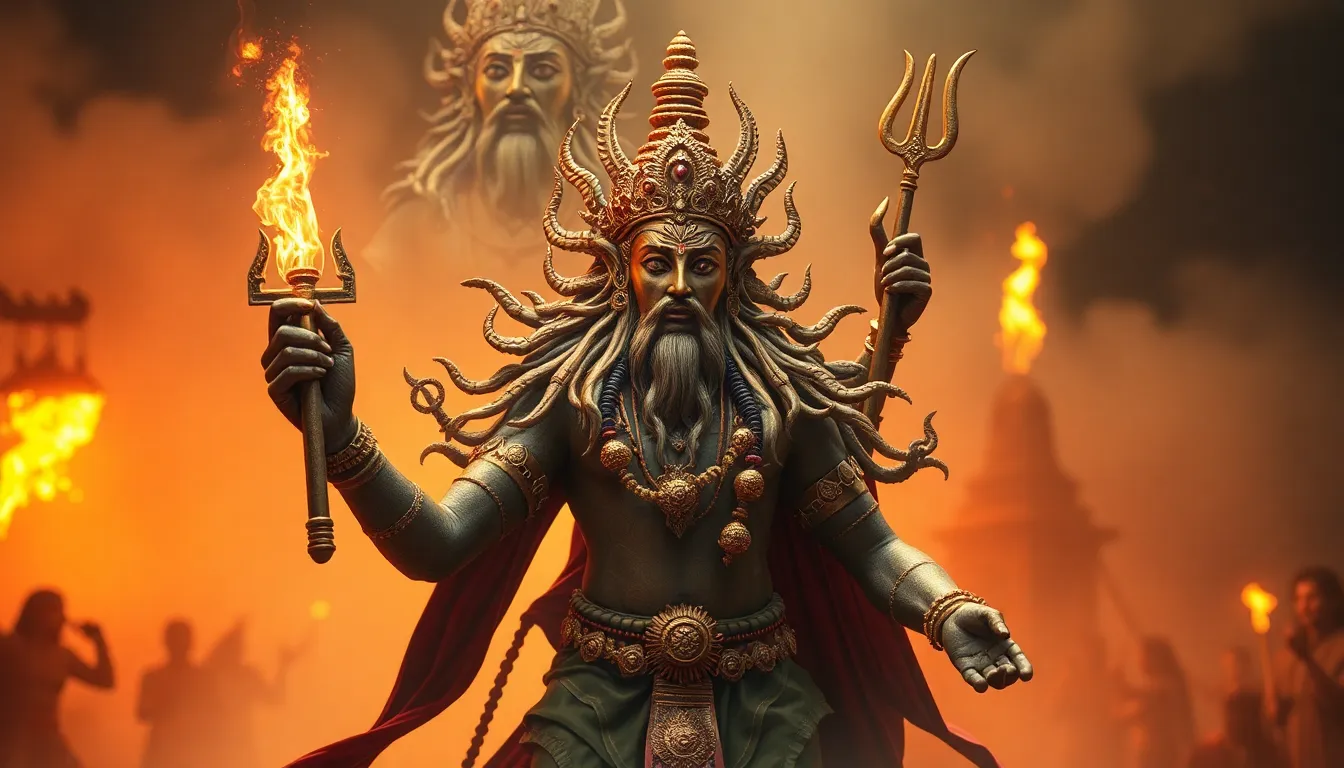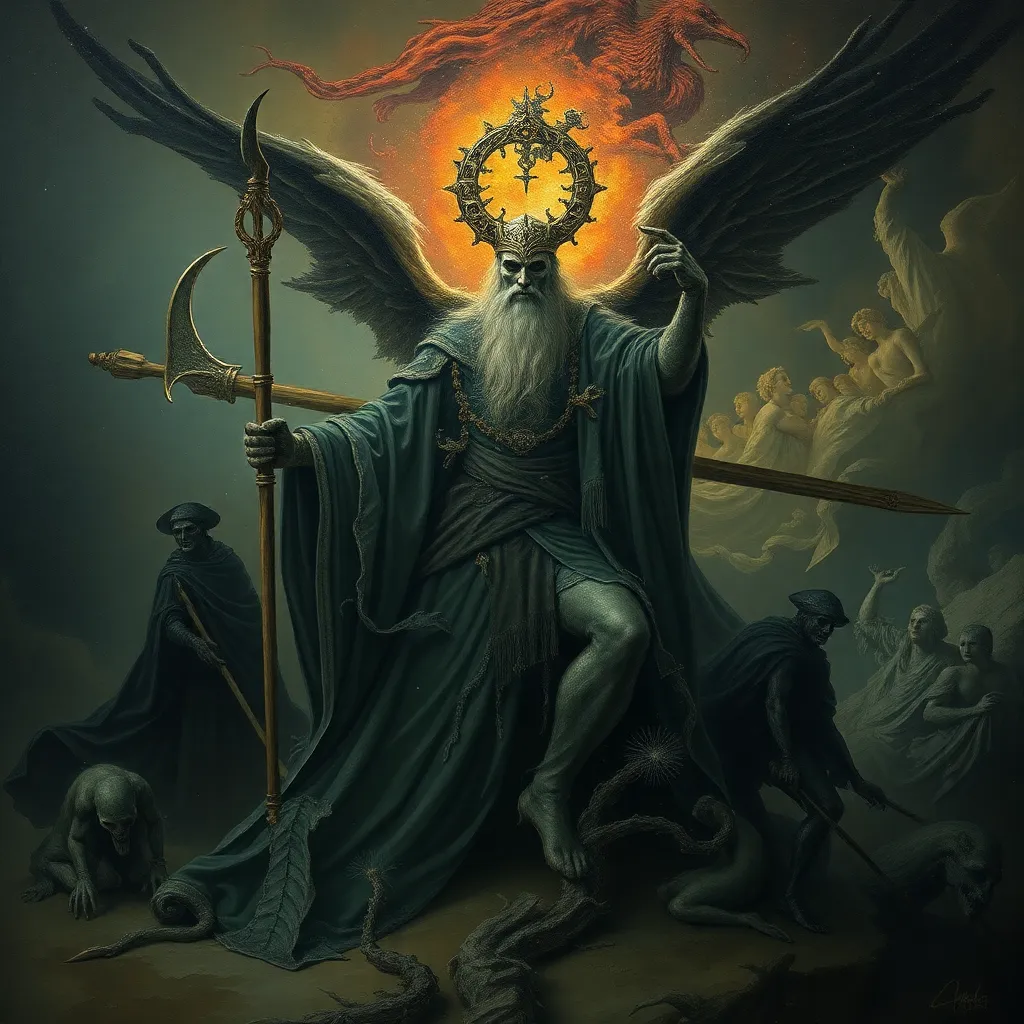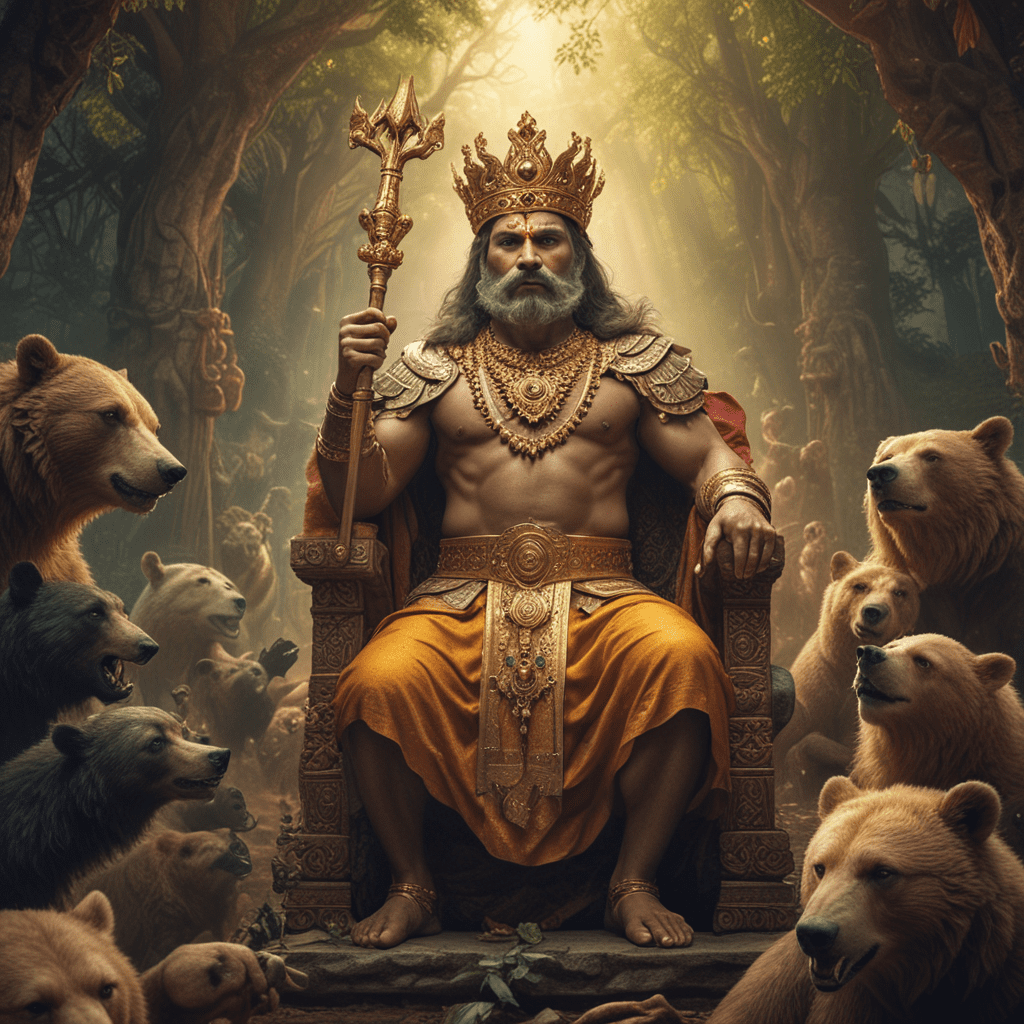The Baba Yaga Connection: Koschei and the Witch of the Forest
I. Introduction
Baba Yaga is one of the most iconic figures in Slavic folklore, often depicted as a fearsome witch living in the depths of the forest. Her character is complex, embodying both the terrifying and the wise aspects of femininity. In contrast, Koschei the Deathless is a legendary figure known for his immortality and malevolent nature. The connection between these two characters is significant within Slavic mythology, representing a duality of power, fear, and the intricate dance of life and death.
II. The Origins of Baba Yaga
Baba Yaga’s character has deep historical roots in Slavic culture, with her origins tracing back to ancient Slavic beliefs and practices. Initially, she may have represented a fertility goddess or a wise woman, but over time her portrayal evolved into that of a more sinister figure.
A. Historical context of Baba Yaga’s character
Throughout history, Baba Yaga has been depicted in various ways, often reflecting the societal attitudes towards women and their roles. In rural communities, she was both feared and revered, acting as a guardian of the forest while also embodying the unpredictable nature of life itself.
B. Variations of her portrayal across different cultures
- In Russian folklore, she is often depicted as a hag with iron teeth, living in a hut that stands on chicken legs.
- In Polish tales, she may take on a more benevolent role, helping lost travelers.
- Other Eastern European cultures have similar figures, showing the widespread influence of her archetype.
C. Symbolism of Baba Yaga in Slavic mythology
Baba Yaga symbolizes the dual nature of existence—life and death, wisdom and folly, nurturing and destructive forces. She serves as a bridge between the human world and the supernatural, often providing crucial lessons to those brave enough to seek her out.
III. The Legend of Koschei the Deathless
Koschei the Deathless is often portrayed as a powerful sorcerer who cannot die. His character embodies the themes of immortality and the quest for power, making him a formidable antagonist in Slavic fairy tales.
A. Description of Koschei’s character and traits
Koschei is typically depicted as a tall, thin man with a menacing demeanor. His most notable trait is his immortality, which is achieved through dark magic. Koschei is often associated with the concept of death, as his life force is hidden away, making him nearly impossible to kill.
B. The story of his immortality
The secret to Koschei’s immortality lies in a hidden location—his soul is encased within a needle, which is inside an egg, located in a duck, which is in a hare, which is on an iron tree, on the island of Buyan. This convoluted hiding of his soul adds layers to his myth and makes him a unique figure in folklore.
C. Role in Slavic fairy tales and folklore
Koschei often appears as the antagonist in stories involving heroic quests. He is depicted as kidnapping princesses and battling heroes, showcasing themes of bravery, sacrifice, and the struggle against evil.
IV. Thematic Connections between Baba Yaga and Koschei
Both Baba Yaga and Koschei embody archetypal roles within Slavic folklore that reflect deeper human experiences and fears.
A. Archetypal roles of the witch and the immortal
Baba Yaga represents the wise, yet fearful aspect of femininity, while Koschei symbolizes the ultimate fear of death and the desire for eternal life. Together, they encapsulate a balance between creation and destruction.
B. Themes of power, knowledge, and fear
- Both characters wield significant power—Baba Yaga in her knowledge of magic and nature, and Koschei in his control over life and death.
- Their interactions often reflect the fear humans have towards the unknown and the supernatural.
C. Duality of nature—creation and destruction
The interplay between Baba Yaga and Koschei also highlights the duality of nature. Baba Yaga can be both a nurturing figure and a destructive force, while Koschei represents the inevitability of death juxtaposed with the desire for life.
V. Interactions between Baba Yaga and Koschei
Their interactions in folklore are often marked by complexity, ranging from antagonistic encounters to unexpected alliances.
A. Notable tales featuring both characters
In some tales, Baba Yaga may aid heroes in their quest to defeat Koschei, providing crucial assistance or knowledge. In others, she may be an obstacle to be overcome, as her motivations are often ambiguous.
B. Their relationship dynamics—antagonism or alliance?
The relationship between Baba Yaga and Koschei can be seen as a reflection of the conflict between life and death, wisdom and folly. At times, they may be seen as allies against a common enemy, while at other times, they represent opposing forces.
C. The impact of their interactions on protagonists
Protagonists who encounter Baba Yaga or Koschei often undergo significant transformations. These characters must navigate the challenges posed by both figures, learning valuable lessons about courage, wisdom, and the nature of existence.
VI. Cultural Interpretations and Modern Adaptations
In contemporary media, Baba Yaga and Koschei have been reinterpreted in various ways, reflecting changing societal views and cultural contexts.
A. How Baba Yaga and Koschei have been reinterpreted in contemporary media
- In films, Baba Yaga is often portrayed as a complex character with both villainous and nurturing traits.
- Koschei has appeared in video games and literature, often as a dark, brooding figure representing chaos.
B. Examples from literature, film, and art
Modern adaptations can be found in various forms:
- Books such as “The Bear and the Nightingale” by Katherine Arden draw on the folklore of Baba Yaga.
- Animated films like “Kubo and the Two Strings” reference Koschei’s themes of mortality.
- Artworks depicting Baba Yaga often explore her dual nature as both a nurturing and terrifying figure.
C. The enduring legacy of these figures in popular culture
Baba Yaga and Koschei continue to resonate within popular culture, serving as metaphors for the complexities of life, death, and the human experience.
VII. The Psychological and Symbolic Meaning
The characters of Baba Yaga and Koschei can also be interpreted through a psychological lens, offering insights into human fears and the subconscious.
A. Analysis of Baba Yaga and Koschei as representations of human fears
Baba Yaga embodies the fears associated with women’s power and the unknown, while Koschei represents the fear of death and the inevitability of fate. Together, they reflect the human struggle against these primal fears.
B. The witch archetype and its connection to feminine power
Baba Yaga serves as a powerful symbol of feminine strength, challenging traditional gender roles and societal norms. Her character is a reminder of the wisdom that can be found in the feminine archetype.
C. Koschei as a symbol of death and the inevitability of fate
Koschei’s immortality can be seen as a metaphor for the inescapable nature of death. He serves as a reminder of the limitations of human existence and the importance of embracing life’s transient moments.
VIII. Conclusion
In conclusion, the connection between Baba Yaga and Koschei the Deathless is rich with symbolism and meaning within Slavic folklore. Their interactions reflect the complexities of life, death, power, and fear, offering valuable lessons for modern audiences. As we explore their stories, we uncover timeless themes that continue to resonate in today’s storytelling landscape.
These characters invite us to delve deeper into Slavic mythology, encouraging exploration of the rich tapestry of folklore that shapes our understanding of the human experience.



